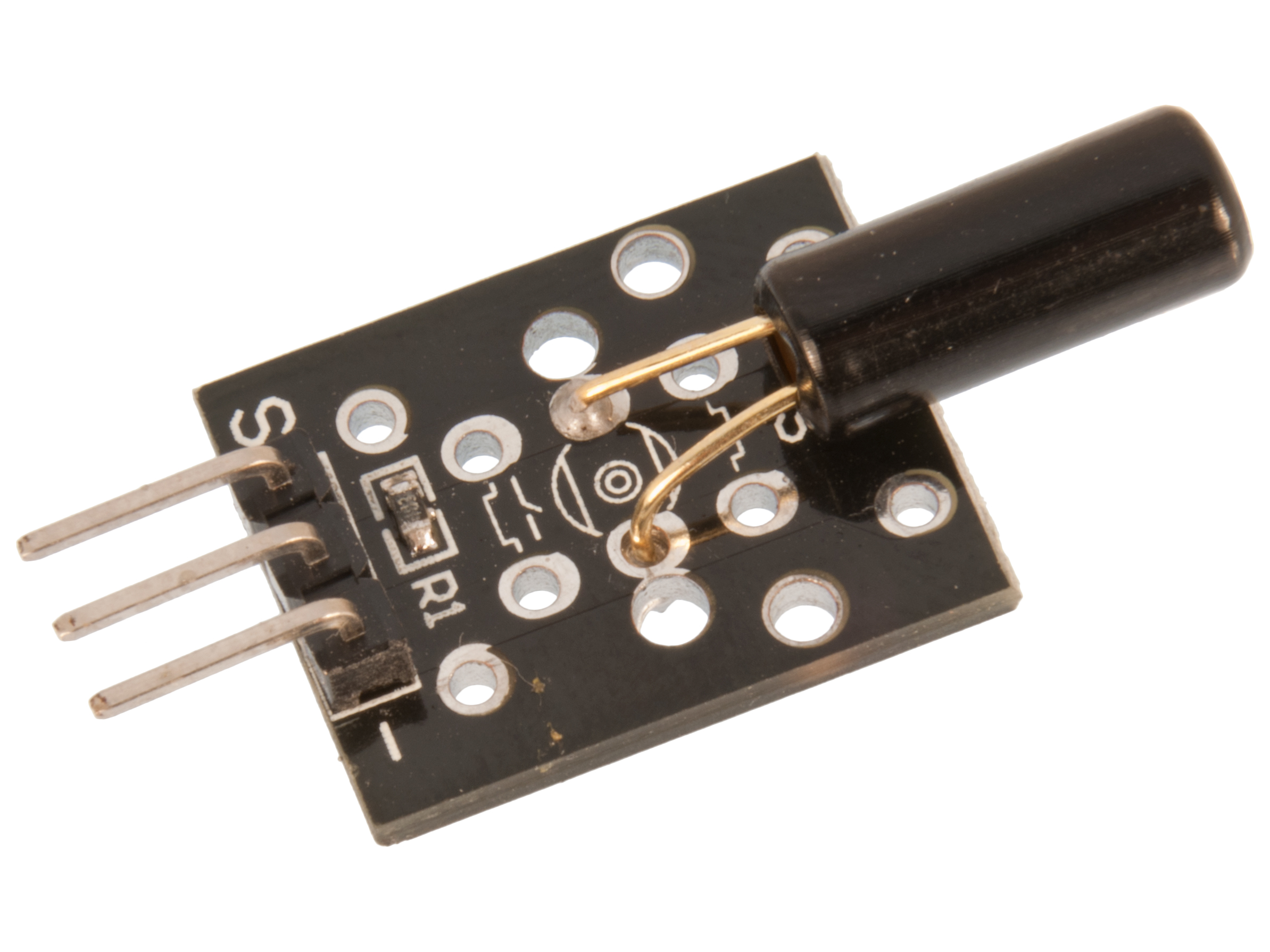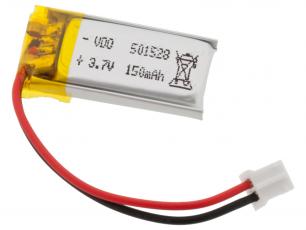Produktbeskrivning
The Zumo 2040 is a highly integrated, user-programmable and customizable tracked robot. It measures less than 10 cm on each side and weighs approximately 275 g with batteries (160 g without), so it is both small enough and light enough to qualify for Mini-Sumo competitions, but its versatility makes it capable of much more than just robot sumo battles.
At the heart of the Zumo 2040 is a Raspberry Pi RP2040 microcontroller (like the one on the Raspberry Pi Pico), a 32-bit dual-core Arm Cortex-M0+ processor running at 125 MHz, which can be programmed with C, C++, Arduino, or Python. The Zumo 2040 has 16 MB (128 Mbit) of flash memory that ships preloaded with a MicroPython interpreter, so you can get started right away by plugging into its USB-C port and editing the included example Python programs. For advanced users who want to customize or enhance their robots with additional peripherals, the robot's power rails and microcontroller's I/O lines can be accessed via 0.1"-spaced through-holes along the sides and front of the main board. A 4-pin JST SH-compatible connector provides access to the RP2040's I2C0 bus and can be used with many Sparkfun Qwiic and Adafruit STEMMA QT devices.
The Zumo 2040 features two H-bridge motor drivers and a variety of integrated sensors, including a pair of quadrature encoders for closed-loop motor control, a complete inertial measurement unit (3-axis accelerometer, gyro, and magnetometer), five downward-facing reflectance sensors for line-following or edge-detection, and front- and side-facing proximity sensors for obstacle detection and ranging. Three on-board pushbuttons offer a convenient interface for user input, and a 128×64 graphical OLED display, buzzer, and six RGB LEDs allow the robot to provide feedback.
Motor Free-Run Speed @ 6V Stall Torque @ 6V Stall Current @ 6V Top Zumo Speed @ 6V and 500g
75:1 HP 400 RPM 22 oz·in 1600 mA 65 cm/s
Batteries (not included). The Zumo robot runs off of four AA batteries. It works with both alkaline and NiMH batteries, though we recommend using rechargeable AA NiMH cells.
At the heart of the Zumo 2040 is a Raspberry Pi RP2040 microcontroller (like the one on the Raspberry Pi Pico), a 32-bit dual-core Arm Cortex-M0+ processor running at 125 MHz, which can be programmed with C, C++, Arduino, or Python. The Zumo 2040 has 16 MB (128 Mbit) of flash memory that ships preloaded with a MicroPython interpreter, so you can get started right away by plugging into its USB-C port and editing the included example Python programs. For advanced users who want to customize or enhance their robots with additional peripherals, the robot's power rails and microcontroller's I/O lines can be accessed via 0.1"-spaced through-holes along the sides and front of the main board. A 4-pin JST SH-compatible connector provides access to the RP2040's I2C0 bus and can be used with many Sparkfun Qwiic and Adafruit STEMMA QT devices.
The Zumo 2040 features two H-bridge motor drivers and a variety of integrated sensors, including a pair of quadrature encoders for closed-loop motor control, a complete inertial measurement unit (3-axis accelerometer, gyro, and magnetometer), five downward-facing reflectance sensors for line-following or edge-detection, and front- and side-facing proximity sensors for obstacle detection and ranging. Three on-board pushbuttons offer a convenient interface for user input, and a 128×64 graphical OLED display, buzzer, and six RGB LEDs allow the robot to provide feedback.
Motor Free-Run Speed @ 6V Stall Torque @ 6V Stall Current @ 6V Top Zumo Speed @ 6V and 500g
75:1 HP 400 RPM 22 oz·in 1600 mA 65 cm/s
Batteries (not included). The Zumo robot runs off of four AA batteries. It works with both alkaline and NiMH batteries, though we recommend using rechargeable AA NiMH cells.













